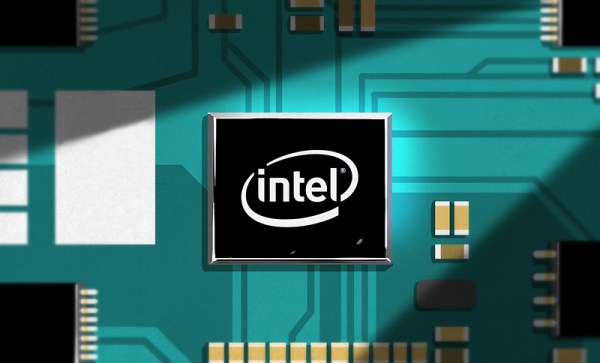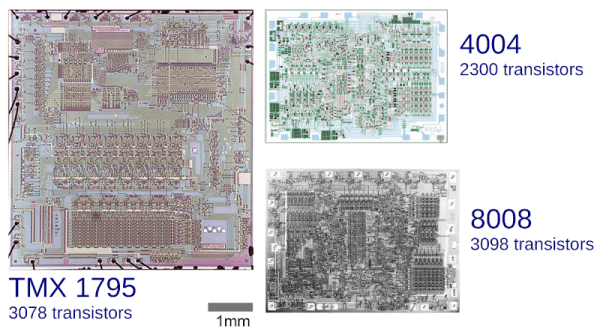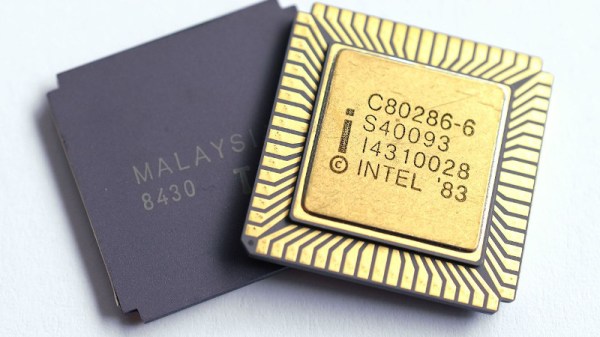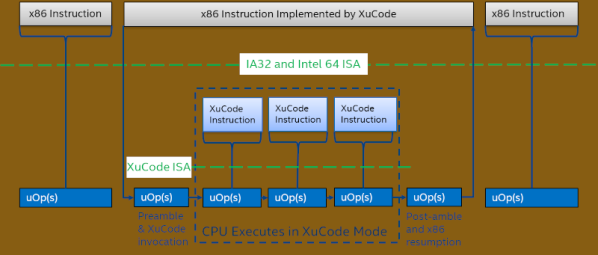In a move that has a significant part of the internet flashing back to the innocent days of 2001 when Intel launched its Itanium architecture as a replacement for the then 32-bit only x86 architecture – before it getting bludgeoned by AMD’s competing x86_64 architecture – Intel has now released a whitepaper with associated X86-S specification that seeks to probe the community’s thoughts on it essentially removing all pre-x86_64 features out of x86 CPUs.
While today you can essentially still install your copy of MSDOS 6.11 on a brand-new Intel Core i7 system, with some caveats, it’s undeniable that to most users of PCs the removal of 16 and 32-bit mode would likely go by unnoticed, as well as the suggested removal of rings 1 and 2, as well as range of other low-level (I/O) features. Rather than the boot process going from real-mode 16-bit to protected mode, and from 32- to 64-bit mode, the system would boot straight into the 64-bit mode which Intel figures is what everyone uses anyway.
Where things get a bit hazy is that on this theoretical X86-S you cannot just install and boot your current 64-bit operating systems, as they have no concept of this new boot procedure, or the other low-level features that got dropped. This is where the Itanium comparison seems most apt, as it was Intel’s attempt at a clean cut with its x86 legacy, only for literally everything about the concept (VLIW) and ‘legacy software’ support to go horribly wrong.
Although X86-S seems much less ambitious than Itanium, it would nevertheless be interesting to hear AMD’s thoughts on the matter.
















